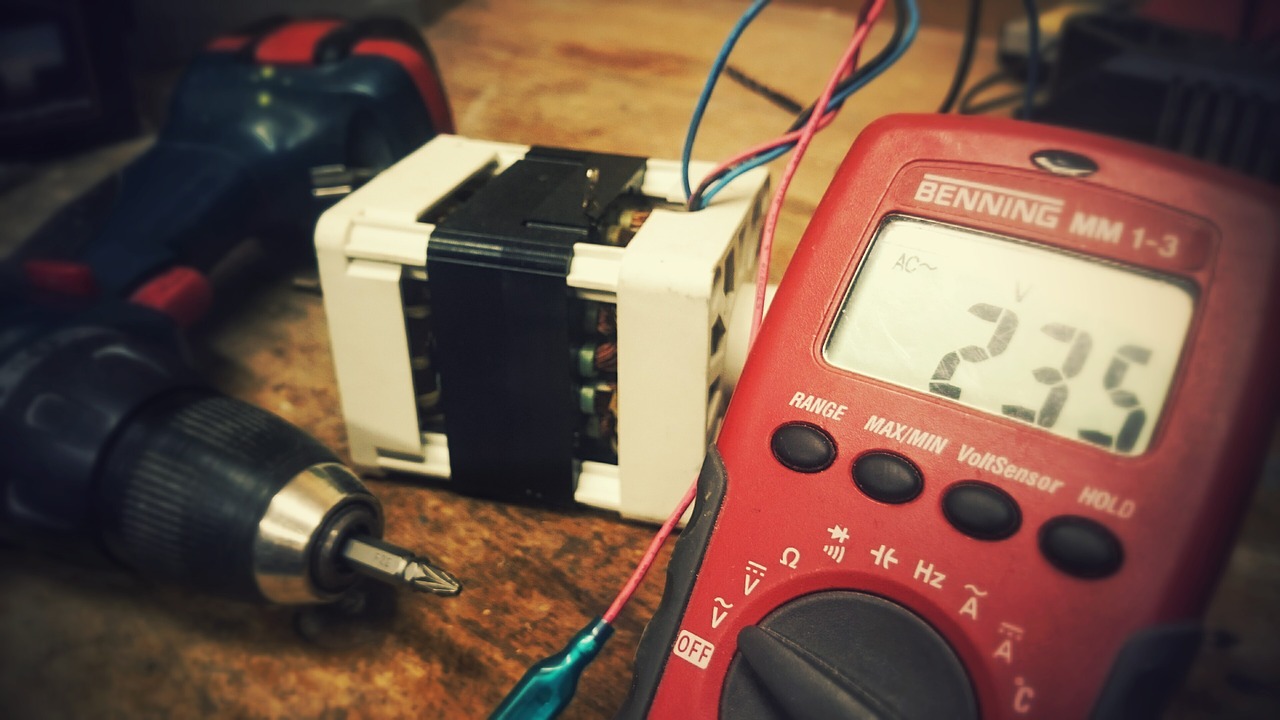

21 hours ago CleanSpark is exploring the pairing of microgrid products with bitcoin and data mining operations through ATL Data Centers, a company in Georgia that it acquired last year. It offers distributed energy systems that allow customers to design, engineer, communicate, and manage.

#Sequencher for dummies software#
Provides energy software and control technology solutions worldwide. (Nasdaq: CLSK) (the 'Company' or 'CleanSpark'), a diversified software. 2013).CleanSpark Purchases 22,680 Additional Bitcoin Miners and Anticipates 3.2 EH/s Capacity After Deployment. 1994) and manually adjusted using MEGA 6.0 (Tamura et al. The edited sequences were aligned with Clustral W (Thompson et al. Chromatograms were edited and assembled by Sequencher 4.9 (Gene Codes Corporation). DNA was sequenced from both ends using the same primers as in PCR. The purified PCR products were sequenced using a BigDye Terminator v3.1 cycle sequencing ready reaction Kit and an ABI 3730XL DNA Analyzer (Applied Biosystems). DNA amplification was performed using an ABI 9700 thermal cycler (Applied Biosystems) with the same condition described above. PCR and sequencing of the PCR products were outsourced to SolGent co., Ltd, Daejeon, Korea. (2000), which successfully amplified the target region of mtDNA in both species. We used two Cuculus-specific primers (CCRL1A, 5’-CAT GAT ACA TTA CAT GTA TGC CTG-3’ and CCRH1, 5’-CTG AAA TAG TAT GAA TGT ATC TGT G-3’) for PCR as described by Gibbs et al. 4.0 (Applied Biosystems) by one person (the first author) to ensure consistency.įor mtDNA analysis, a 411-basepair portion of the left-hand hypervariable region of the mtDNA control region in both common and lesser cuckoo was sequenced.

The PCR products were run in a GeneScan™ 500 ROX™ and an ABI 3130XL DNA Analyzer (Applied Biosystems) and the data obtained were scored in ABI GeneMapper v. PCR was conducted in an ABI 9700 thermal cycler (Applied Biosystems) according to the following conditions: 95 ☌ denaturation for 15 min, followed by 35 cycles of denaturing at 95 ☌ for 20 s, annealing at 54.0 ☌ for 40 s and then 72 ☌ for 60 s, and final extension at 72 ☌ for 3 min. The polymerase chain reaction (PCR) and processing of the PCR products were outsourced to SolGent co., Ltd, Daejeon, Korea. For microsatellite genotyping, we initially attempted to characterize both species of cuckoos at 14 microsatellites (Ccμ 01, 02, 09, 13, 60, 88, 100, 108, 119, 137, Clu 02, 03, 05, Cba 08) that were employed in previous studies on the common cuckoo (Gibbs et al. After sample collection, the cuckoos were safely released at the place where they were captured.ĭNA was extracted from blood samples using the ammonium acetate method (Nicholls et al. Each bird was banded with a metal ring to prevent potential duplicate sampling. Blood samples (20-30 µl) were collected from the brachial wing vein of these birds and maintained in 1.5ml tubes with absolute ethanol at room temperature until further processing. We captured in total 110 common cuckoos and 74 lesser cuckoos: 25 (6 females and 19 males), 46 (6 females and 40 males) and 39 common cuckoos (8 females and 31 males) in MA, YP and JJ, respectively, and 21 (6 females and 15 males) and 53 lesser cuckoos (9 females and 44 males) in MA and JJ, respectively. For lesser cuckoos which only commonly occur in the southern part of Korea, the catching was conducted in MA and JJ in 20, respectively. Using mist nets with song playbacks and dummy cuckoos, we captured common cuckoos in MA and JJ during the breeding season (May-July) in 20, respectively, and in YP in 2018 (Fig. Contrary to the female host race hypothesis, our results demonstrate that male cuckoos may also have host specificity and disperse accordingly, conclusively allowing us to hypothesize the formation of host race including both sexes. Genetic sampling from adult cuckoos confirmed restricted dispersal in both sexes and resultant genetic structures between populations where different host species breed allopatrically, whereas it was not the case between distant areas inhabited by the same host species. Here, we show the dispersal consequences inferred from spatial genetic structures and their association with host specificity in brood parasitic common cuckoos Cuculus canorus in which female-specific host race formation has been widely accepted. However, such predictions remain poorly verified in generalist avian brood parasites that is composed of multiple lineages of host-specific races. In a parasite species, the dispersal of individuals should be dependent on host species to which they are specialized thus, any sexual/individual difference in host specificity may influence their dispersal patterns, and hence, population genetic structures.


 0 kommentar(er)
0 kommentar(er)
